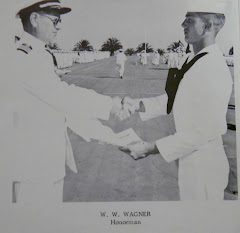The title above refers to Richard Adams' book, Watership Down, standard high school English fare, written from the rabbits' point of view. For everyone familiar with that book, the problem of the human animal as greatest predator and destroyer of habitat is magically, some say allegorically, illuminated.
I (Rebecca) wanted to write this from the the beavers' point of view, but not knowing exactly how they were killed, I can't quite get into their heads. Yet. Walt is still looking into it, because according to an authoritative web site on beavers, http://www.beaversww.org/beaver.html, "Snares hold the victim helpless against predators and can cause death by strangulation, or drowning due to entanglement. No kill trap that currently exists will reliably cause an instant death under field conditions, and drowning traps are especially inhumane for animals that can hold their breath for 10 to 15 minutes..." Not a pretty picture, is it!
Relocation traps like the Hancock or Bailey live traps are a humane method of trapping; the beavers could then be relocated as far away as necessary to keep them from returning.
City officials tried to keep the killing hush-hush, indicating that they knew people would not approve, would be upset. So why was this done? The busy beavers took down three trees. Less trees, less hazard for the golfers, right? What's the big deal?
Well, I suppose the beavers could have taken down more trees and flooded the waterways with their house/dams. And although there are many ways to co-exist with the beavers and their works, including running wide pipe through the dams to ensure continued water flow, fencing, tree protectors, repellents, or relocation, (Google "beavers" for a wealth of information!) city government chose to kill them instead.
The excuses were many, such as, "They'll come back if we try to relocate them." Really? Where did they come from, then?
The reality is that when they are two years old, young beavers strike out to find their own territory. Beavers can live up to 20 years, and reach a size of up to 65 pounds. They mate for life and start reproducing then they are three. If a mate is killed the survivor will mate again, but because they breed only once a year, beavers rarely overpopulate. They will even decrease their rate of reproduction when occupancy reaches a certain level.
In 1969, the Oregon State Legislature voted to make the beaver the Oregon State Animal. This was done after extensive transplanting efforts resulted in renewed healthy beaver populations over much of the state, the beaver having been nearly eliminated in the mid 1800's by fur trappers.
Oregon is now called The Beaver State. We're proud of our beavers, the animals and the sports teams named after them. And while "harvesting" is allowed under ODFW permits, to kill the state animal unnecessarily seems simply wrong. Certain people made some bad decisions here.
We welcome your comments. Walt and Rebecca Wagner


